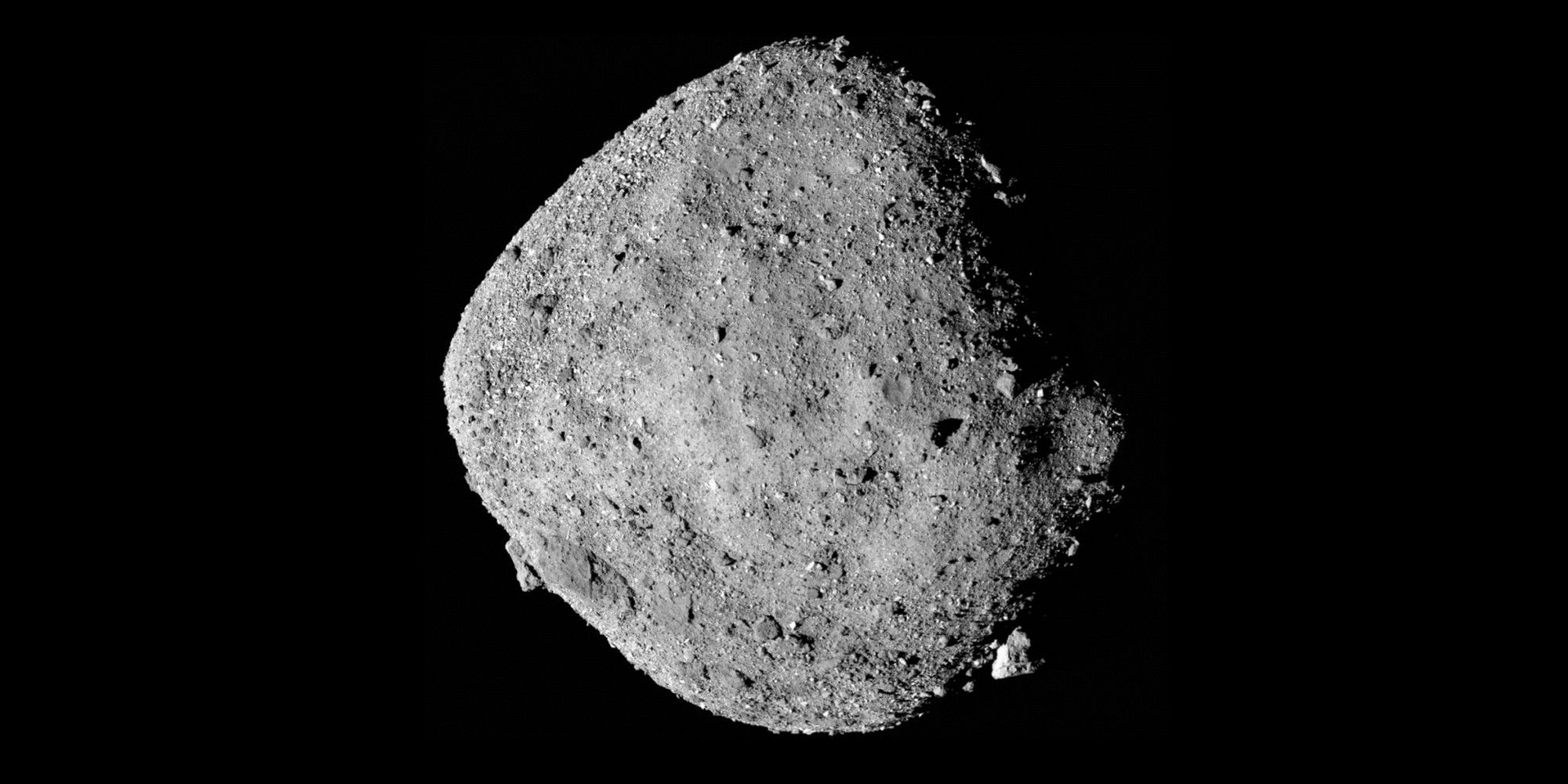NASA will crash a spacecraft into an asteroid in an attempt to alter its trajectory and test the feasibility of asteroid redirection missions that could save Earth in the future. The mission is known as DART and will launch this November. DART is part of NASA’s planetary defense technology test designed to protect Earth from being hit by an asteroid. Proposals for asteroid defense systems include missile defense, attaching thrusters to asteroids, and nuclear on-site detonations, while DART is a kinetic impactor mission.
The target of NASA’s mission is the asteroid Didymos, a binary system consisting of an asteroid and a small moonlet. The asteroid does not present any immediate threat to our planet but because it passes close to Earth it was chosen as a target to test kinetic impact techniques and determine if they are an effective method to protect our planet.
MIT Technology Review reported on the findings of a new report which claims that when NASA slams the DART spacecraft into the asteroid it will cause "chaos." The new report by researchers from the University of Maryland suggests that the mission could result in “chaotic orbits, out of control spinning and dramatical wobbling of the asteroid." NASA will not actually hit Didymos but its smaller moonlet, a stadium-size asteroid itself, at 23,400 kilometers per hour. The force of impact of the small NASA spacecraft will be equal to three tons of TNT exploding, sending thousands of pieces of debris into space.
Is Kinetic Impact The Best Earth Protection Technology?
“We’re doing this to have the ability to prevent a truly catastrophic natural disaster,” Tom Statler, DART program scientist at NASA said. However, kinetic impact techniques only work when asteroids have been detected years in advance. Crashing a spacecraft into an asteroid in the short term can only change the trajectory of an asteroid to a very small degree. Over a long period of time, usually years, that small degree of change results in a bigger modification of the trajectory and orbit of the asteroid. The European Space Agency ESA will send the spacecraft HERA five years after DART to observe how the impact affected the asteroid.
Recently, on September 9, the asteroid 2021-RS2 missed Earth for just 10 thousand miles, just hours after it was discovered. The trend is not new, last year set the record for near-Earth asteroid discoveries, and this year discoveries are keeping up to pace. Most of the newly discovered asteroids have taken us by surprise appearing out of nowhere. In 2020 at least 107 asteroids passed closer to the Earth than our Moon.
Crashing a spacecraft into an asteroid may be a good solution for asteroids detected years ahead of time but it will prove completely useless in the case of a killer asteroid appearing out of nowhere, leaving us with little time to act. Dust, meteoroids, and even small asteroids hit Earth all the time, creating meteors and fireballs in the sky as they break up and sometimes explode in the atmosphere. Extinction-level asteroids have hit our planet before over the course of history, the question is not a matter of if but when it will happen again.
Source: MIT Tech Review


